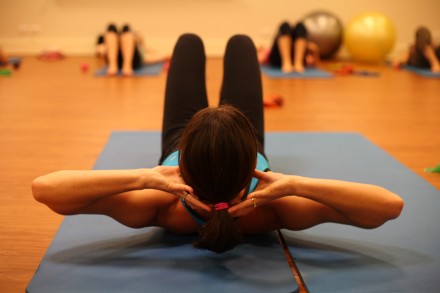
Exercise
Types of Physiotherapy Exercises
The type of physiotherapy exercises that you will perform will depend on the stage of your recovery.
Range of motion exercises
Range of motion (ROM) exercises can be performed either with the assistance of your personal physiotherapist or you do it on your own with the guidance of your PT. Sometimes, you may have tightness in your joint or muscle, which can limit the available range of motion for your joint. In this case, your physiotherapist may use a heating modality to help loosen tight tissues prior stretching to improve your joint range.
Types of Range of Motion Exercises
There are three types of ROM exercises: passive, active –assistive, and active range of motion exercises.
Passive range of motion exercise (PROME)
In PROME, the physiotherapist will move your limb along the joint range. This is often performed on patients who are unable to move their limb.
Active-assistive range of motion exercise (AAROME)
This range of motion exercise is done on clients who are able to move their limb but needs assistance from the physiotherapist to complete the joint range. Sometimes, pain may limit the patient’s ability to actively complete the motion. The physiotherapist may assist the patient to complete the movement or just beyond the point of pain. The pain should not persist or worsen when motion is stopped.
In this type of ROM exercise, there is minimal assistance from the physiotherapist.
Active range of motion exercise (AROME)
The client performs the movement without physical assistance from the therapist. The physiotherapist may still verbally instruct the client on the proper execution of the exercise.
Strengthening exercises
Strengthening exercises are usually done on weakened muscles. It may also be done as part of the client’s general conditioning exercise program. Having normal muscle strength help prevent future injury.
When muscles are not moved for a while because of an injury or immobilization (cast or brace), the muscles tend to get weak. Often, progressive strengthening exercises are included in your rehabilitation program. Your physiotherapist may let you perform the exercises with resistance bands and progress to weights as your strength improves.
General conditioning exercises
General conditioning exercises involve a combination of exercises including range of motion, strengthening, and walking exercises to help maintain or improve your:
Cardiopulmonary fitness,
Muscle and joint flexibility,
Muscle strength.
Balance exercises
Balance exercises may be a part of your rehabilitation program if you have problems with your balance. Strengthening your major muscles are important parts of a balance rehab program.
Depending on your specific needs and level of fitness, your physiotherapist may start from where you are most stable. For example, if you can sit without support, your therapist may suggest that you do balance exercises using parallel bars. Once you are able to do the exercises easily, you may start doing them without parallel bars.
Ask your doctor or physiotherapist about what appropriate exercises that you can perform based on your specific problems, needs, and goals.
For similar articles, read Physiotherapy.